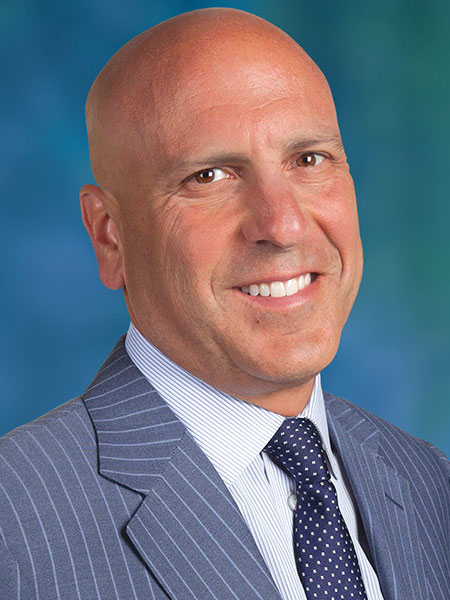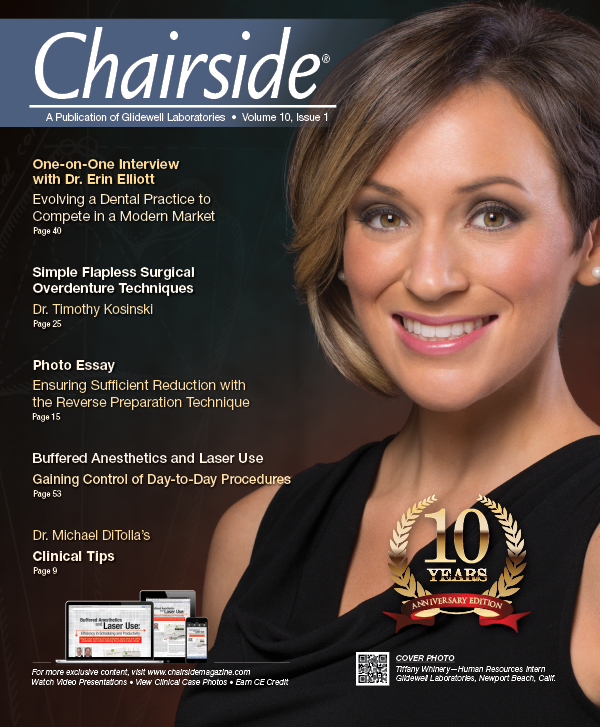Editor’s Letter
I admit I’m a little frustrated right now with dentists who refuse to use depth cuts on their crown & bridge preparations. This frustration started when we went 100% digital about a year ago, and it’s starting to bother me more lately as I teach more hands-on workshops.
I fully admit that I spent the first 13 years of my career as a dentist being a chronic under-preparer. I switched between 35 different dental laboratories during that time, trying to find one that could give me a crown that resembled human anatomy. One day, I was complaining to my dental assistant about how terrible all 35 of those dental laboratories were, and as the words came out of my mouth, it dawned on me that the only thing those 35 labs had in common was my under-reduced preps and mediocre impressions.
Once I started practicing in the lab, I would get dirty looks from the technicians when I didn’t reduce enough — even if it was on their own teeth! I was forced into using depth cuts in order to guarantee beyond a shadow of a doubt that I had reduced enough for the restorative material I had prescribed.
And that’s when everything changed. The dirty looks stopped. The occlusal anatomy appeared. The anterior crowns started blending in with the surrounding natural dentition, instead of being half a millimeter thicker on the facial surface than the adjacent natural tooth. All because of depth cuts.
We need 0.6 mm minimal reduction for BruxZir® Solid Zirconia, 1.0 mm minimal reduction for IPS e.max®, and 1.5 mm for all bilayer restorations. There should be no guessing here: Make a depth cut, and then prep until you can’t see it anymore. Would you build a tree house for your kids without measuring the wood before cutting it? Would you bake a cake for you significant other by just eyeballing ingredient amounts?
What happened to “measure twice, cut once”? If that saying is to be heeded for lumber, shouldn’t it hold true for human tooth structure, too? Patients deserve crowns that are at the proper thickness to increase both their longevity and esthetic appearance, and I think we owe it to our patients to be as precise as possible when preparing their teeth.

Yours in quality dentistry,

Dr. Michael C. DiTolla
Editor-in-Chief, Clinical Editor
mditolla@glidewelldental.com


